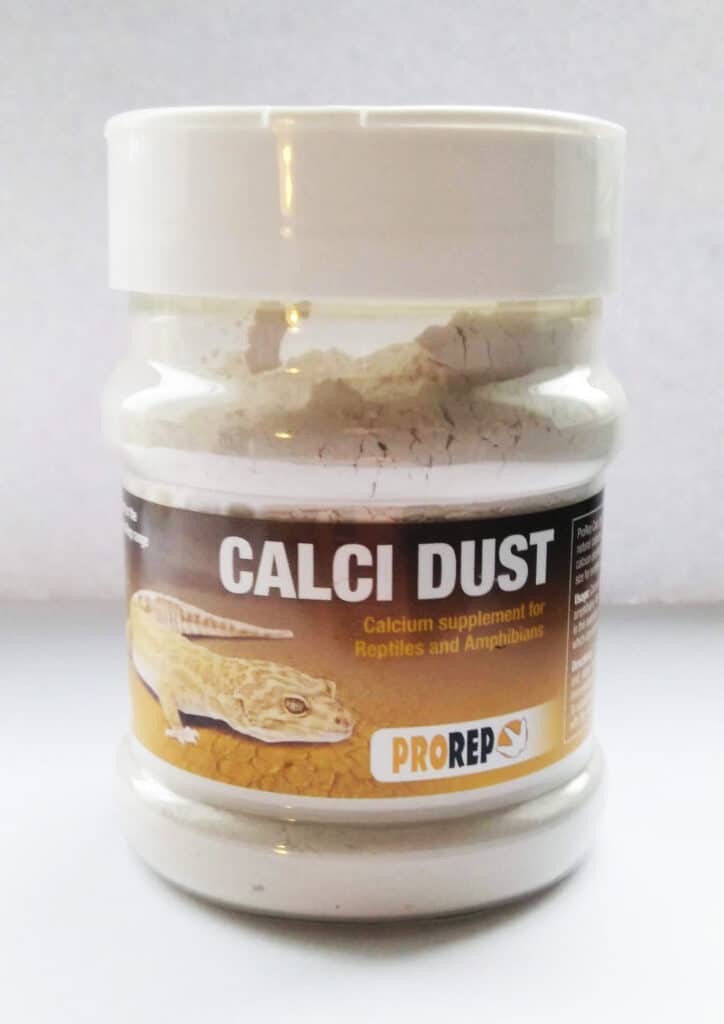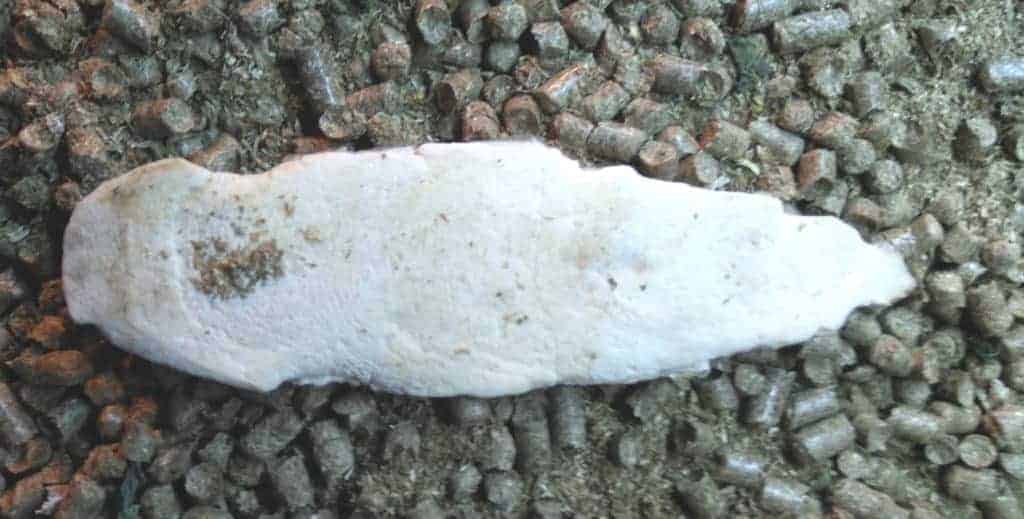If you have a pet tortoise, you have to make sure it gets enough calcium. But which source of calcium is best suited to tortoises and why?
Calcium carbonate powder is considered the best calcium supplement, and it’s also the most common one. This is because calcium carbonate has the highest calcium concentration by weight (40%). In addition, it is safe, and versatile in terms of how it can be added to the tortoise diet.
But of course, calcium carbonate isn’t the only calcium source available for tortoises, other sources do have their merits. So let’s take a look in more detail at what you can use to give your tortoise sufficient calcium supplementation.
What Calcium Sources are Available for Tortoises?
- Calcium Carbonate Powder
As mentioned above, calcium carbonate is the supplement with the highest concentration of calcium by weight (40%), making it one of the most used calcium sources. It’s a routinely used supplement thanks to its effectiveness and safety.

Whereas other calcium preparations like dolomite or bone meal contain contaminants like mercury, aluminum, lead, arsenic, and cadmium; calcium carbonate powder is safe to use, thanks to its purity.
Commercial calcium preparations are usually tested to ensure the heavy metal content in them is minimal, as these pose an unnecessary risk, despite arguably being found in naturally occurring sources of calcium.
Calcium carbonate has a much higher concentration of calcium (40%) compared to the alternative compounds calcium citrate and calcium phosphate, which have 21% and 8% calcium by weight respectively.
The major disadvantage of calcium carbonate is that it’s not that easily absorbed by a tortoise’s digestive system. In this regard calcium citrate is superior.
- Tortoise Block
Another calcium supplement often found in pet shops is known as “tortoise block”. Such blocks are designed to be ‘nibbled’ on, and contain a combination of calcium carbonate and calcium sulfate hemihydrate. Usually, this takes the form of 50% Plaster of Paris, in combination with 50% calcium carbonate.
These supplements are good in the sense that they are readily available when a calcium supplement is needed. However, there is almost no useable calcium in Plaster of Paris, and indeed this is only really present as a ‘cement’ to give the block its solid form.
Therefore, we don’t really recommend using tortoise block because of the relative low concentration of calcium carbonate weight-for-weight. And even then, an even smaller amount will actually be usable by the the tortoise’s digestive system.
Compared to the safety of calcium carbonate powder, tortoise blocks are not the safest. They may contain heavy metal contaminates or gypsum, neither of which are lauded for their nutritional benefits!
I would also argue that the other components often thrown into tortoise block in the from of extracts of various plants, such as opuntia (prickly pear), aren’t really a selling point. These plants should form a good portion of the tortoise’s diet in their own right, rather than just a gimmicky addition to a supplement.
- Cuttlebone
Cuttlefish Bone (Cuttlebone) is another calcium source that’s very easy to find. You can find it in pet shops, most commonly sold for birds. Cuttlebone contains calcium carbonate, calcium phosphate, magnesium salts, sodium chloride, and some micro-trace elements.

Cuttlebone can be easily broken up into several pieces. The tortoise will find it easier to eat as a result, which along with the fact that it’s 100% natural, is what makes this such a great option for calcium intake.
On the other hand, despite how easy it is to obtain and provide, as well as the calcium content, you shouldn’t rely on cuttlebone alone. Whilst tortoises will crunch on solid items from time to time, powdered supplements are more of a guaranteed route to calcium update.
- Food Sources
Calcium can also be given to tortoises through food. Milk thistle, for instance, is a great plant to add to a tortoise’s diet. Another great option is the ever reliable dandelion. Dandelions contain a lot of calcium, which is why they are often touted as a significant part of their diet. Like other sources of calcium, the great thing about these plants is that they help with developing the shell and healthy bones.

Snail shells are also a great calcium source, especially given that tortoises readily consume them in their natural environment. Snail shells are calcium-rich and tortoises will happily consume both fragments or whole shells as part of their diet.
Why Is Calcium So Important for Tortoises?
Calcium is a crucial part of a tortoise’s diet because it helps with the proper development of the shell and internal skeleton, particularly in juvenile tortoises. If you want your growing tortoise to be healthy and strong, then alongside a healthy diet, correct heat and UV lighting; calcium is an absolute must. Furthermore, calcium also helps at a cellular level, for things like nerve impulse transmission, for instance.
In order to develop properly, tortoises need the right amount of calcium, which is why high concentration, easily administered sources such as calcium carbonate powder are so highly recommended. Other sources work well too, but must be given in combination to get sufficient levels.
How to Give Your Tortoise Calcium the Right Way?
If you want a healthy pet tortoise, you must know how to encourage it to take calcium. You should also know how and when to provide it.
You can of course simply get hold of the calcium-rich foods for tortoises by collecting them yourself, such as snail shells and dandelions, and even cuttlebone. These are all easy to find in nature, throughout the world. As for commercially available supplements, you can find them in pet shops or online, so there’s no excuse not to be able to get hold of these either.
When it comes to supplements like calcium carbonate powder, you can lightly sprinkle it over the food of your tortoise. It’s a great way to encourage (or trick!) the tortoise to eat more calcium. Just make sure you don’t go too crazy with it, as the taste can be pretty bitter, and the tortoise might not eat the food at all if excess powder is dusted over it.
I tend to provide a dusting of calcium to my tortoise’s food 2 or 3 times per week.
Cuttlebone can be difficult to consume in it’s natural form. So be sure break it down into smaller pieces, as this will make it far easier to consume.
Final Thoughts
Calcium can be given to your tortoise in a variety of different ways. You just need to find the right combination, amount, and to make sure to constantly offer your tortoise supplements for proper growth and development.



